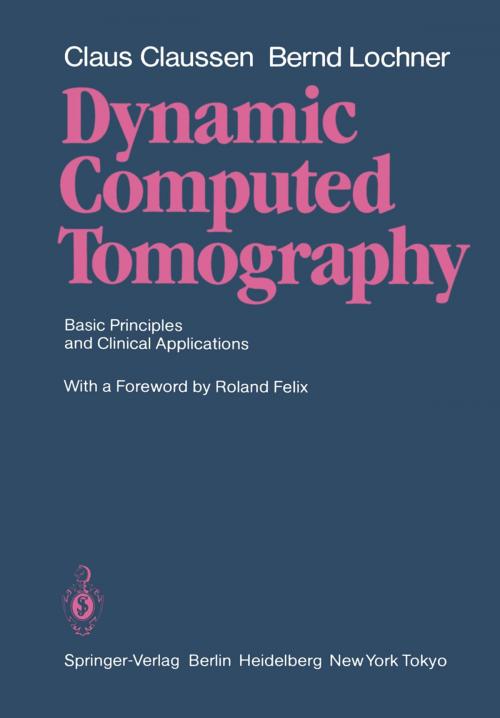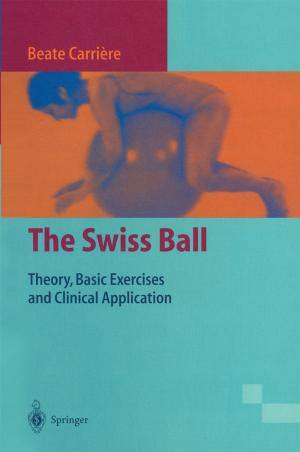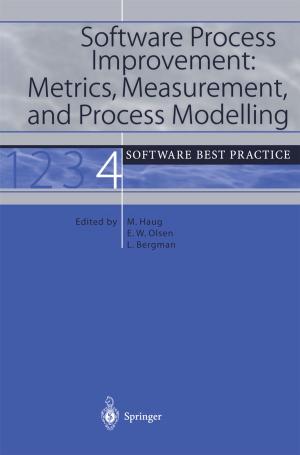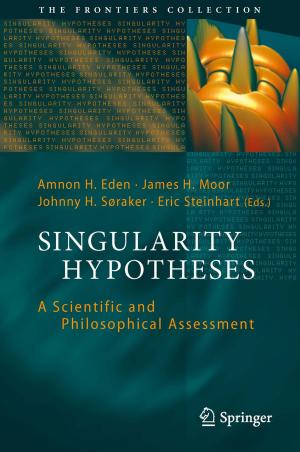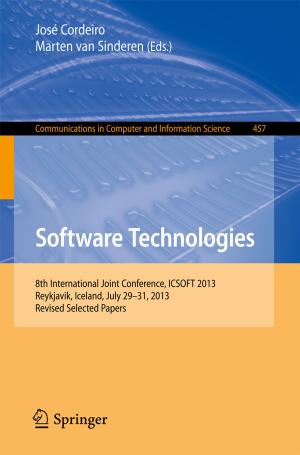Dynamic Computed Tomography
Basic Principles and Clinical Applications
Nonfiction, Health & Well Being, Medical, Medical Science, Biochemistry, Allied Health Services, Radiological & Ultrasound| Author: | Claus Claussen, Bernd Lochner | ISBN: | 9783642697333 |
| Publisher: | Springer Berlin Heidelberg | Publication: | December 6, 2012 |
| Imprint: | Springer | Language: | English |
| Author: | Claus Claussen, Bernd Lochner |
| ISBN: | 9783642697333 |
| Publisher: | Springer Berlin Heidelberg |
| Publication: | December 6, 2012 |
| Imprint: | Springer |
| Language: | English |
The authors present their experience in more than seven years of dynamic computed tomography in clinical practice. Time density curves and characteristic examples in specific regions of interest enrich the presentation. Dynamic computed tomography makes an important contribu tion to the diagnosis and evaluation of a pathologic process: the demonstration of the dynamics of blood flow within the lesion and surrounding normal tissue. Since both the lesion itself and adjacent normal tissue demonstrate characteristic findings in each circulatory phase, the study provides a large amount of data on the flow of blood and contrast material which facilitate both recognition and diiferentation of a lesion. Late studies following administration of a contrast agent allow an estimate of the passage of the contrast medium to the inter stitium, which is of diagnostic importance. Chapters dealing with specific clinical entities also contain useful information on the most appropriate means of contrast agent administration (bolus injection or infusion) as well as a discussion of indications for the procedure. Dynamic computed tomography represents a significant advance over conventional computed tomography in some situations, and this signifies a major contri bution to the diagnostic capabilities of the clinical radiologist. The authors are to be commended for the fact that they have clearly defined the limits of dynamic computed tomography. I hope that the first English language edition, following the appea rance of the German version in 1983, will be well received.
The authors present their experience in more than seven years of dynamic computed tomography in clinical practice. Time density curves and characteristic examples in specific regions of interest enrich the presentation. Dynamic computed tomography makes an important contribu tion to the diagnosis and evaluation of a pathologic process: the demonstration of the dynamics of blood flow within the lesion and surrounding normal tissue. Since both the lesion itself and adjacent normal tissue demonstrate characteristic findings in each circulatory phase, the study provides a large amount of data on the flow of blood and contrast material which facilitate both recognition and diiferentation of a lesion. Late studies following administration of a contrast agent allow an estimate of the passage of the contrast medium to the inter stitium, which is of diagnostic importance. Chapters dealing with specific clinical entities also contain useful information on the most appropriate means of contrast agent administration (bolus injection or infusion) as well as a discussion of indications for the procedure. Dynamic computed tomography represents a significant advance over conventional computed tomography in some situations, and this signifies a major contri bution to the diagnostic capabilities of the clinical radiologist. The authors are to be commended for the fact that they have clearly defined the limits of dynamic computed tomography. I hope that the first English language edition, following the appea rance of the German version in 1983, will be well received.
